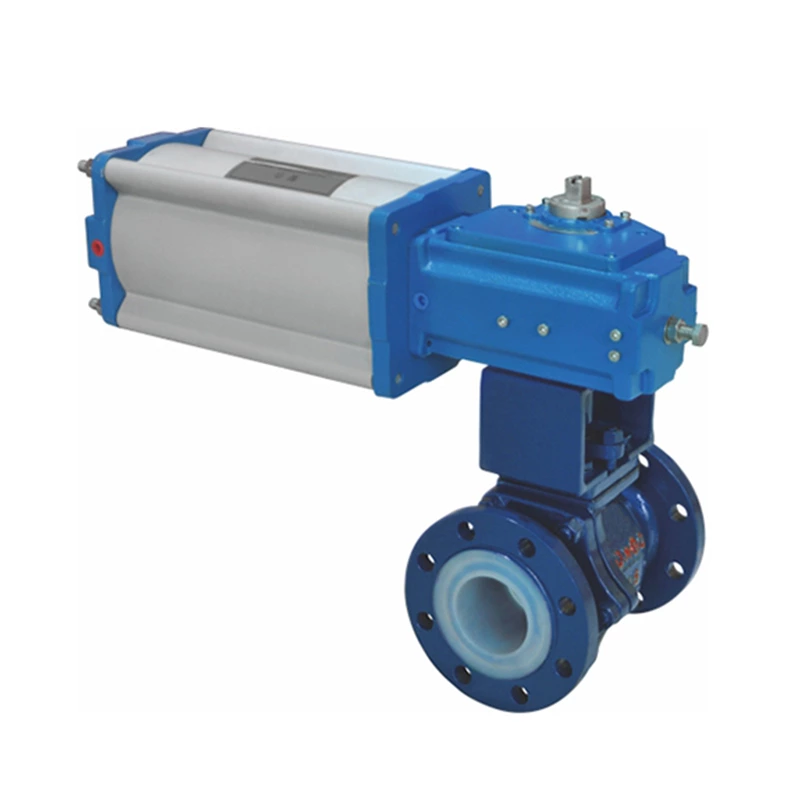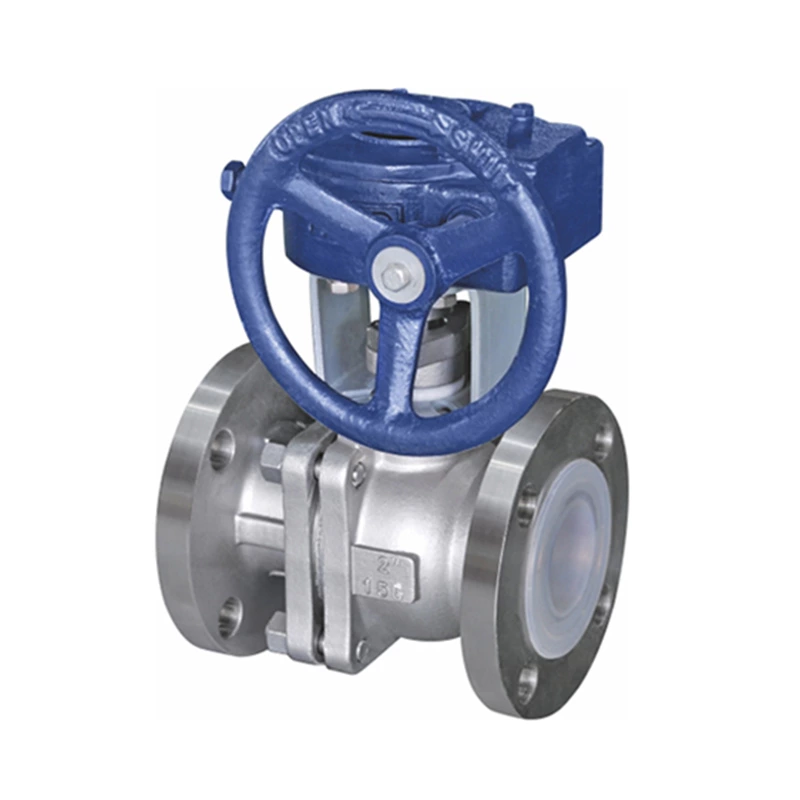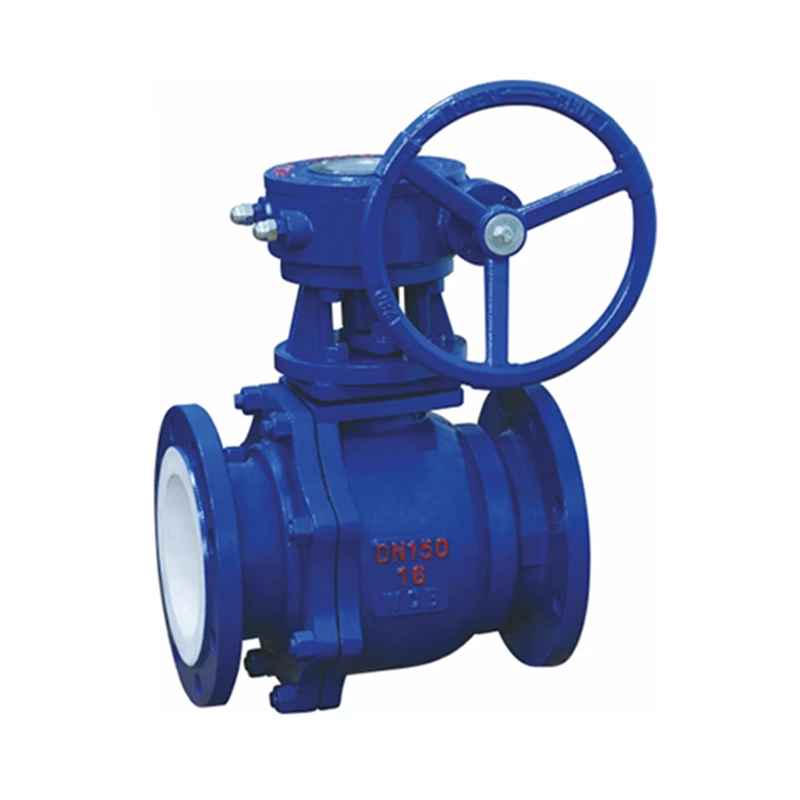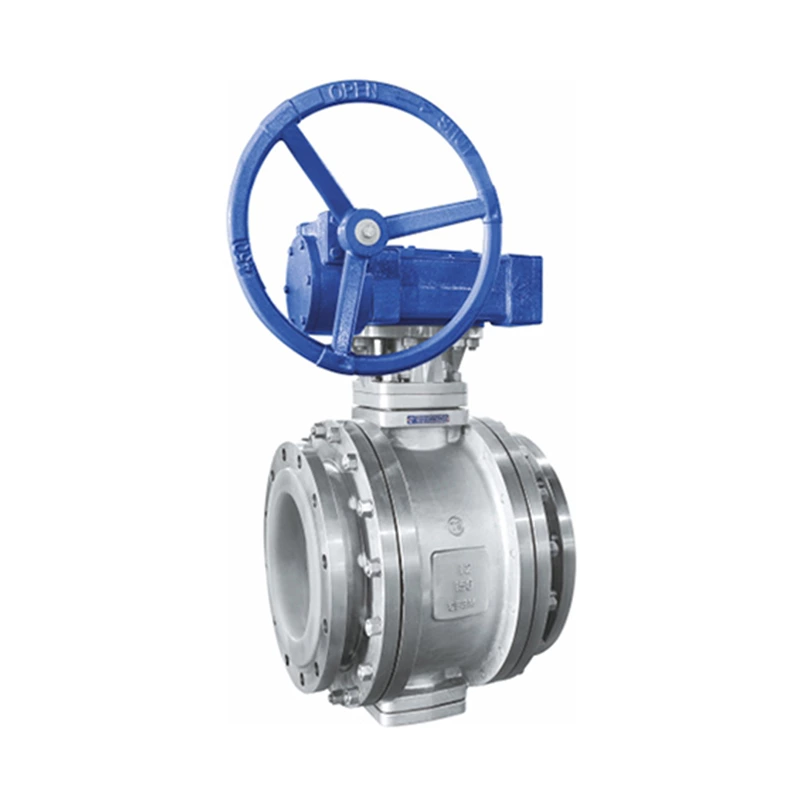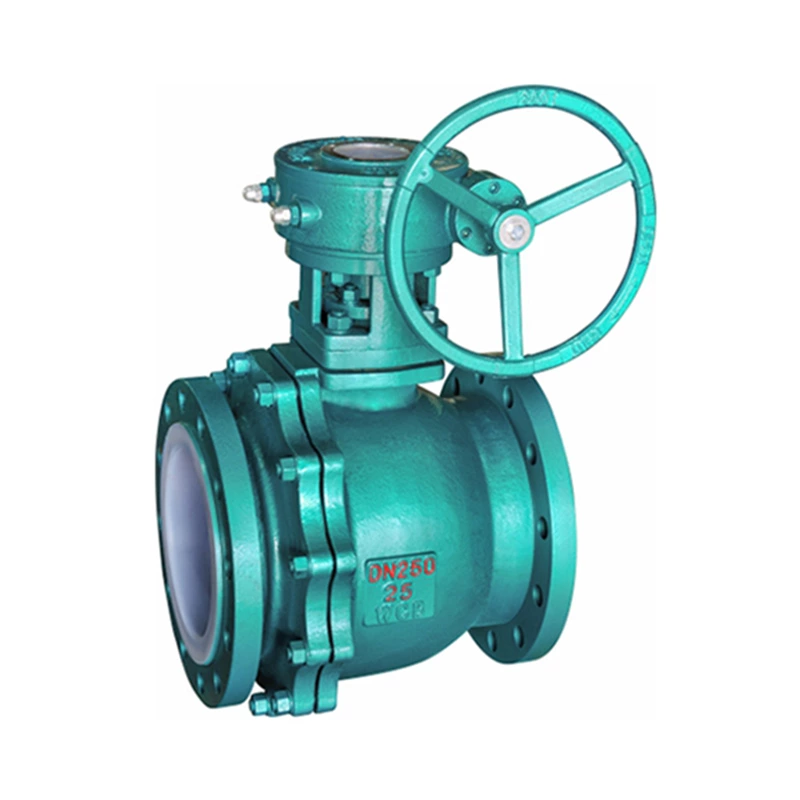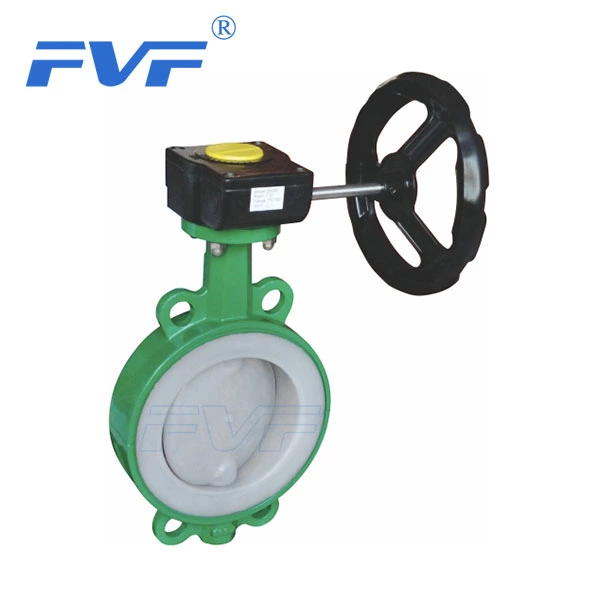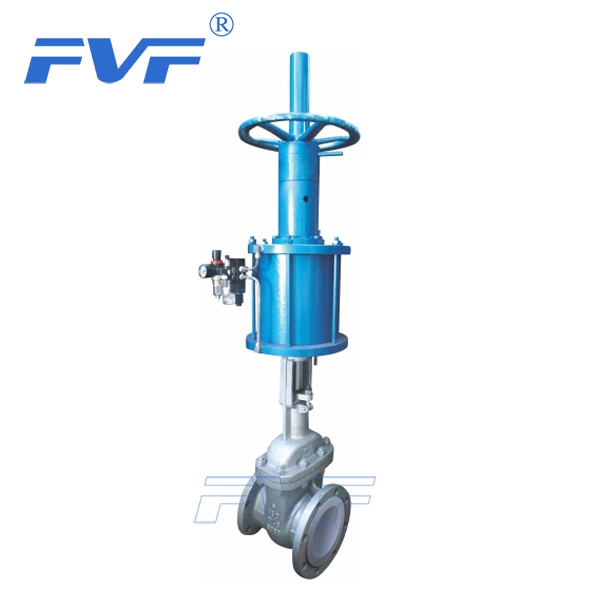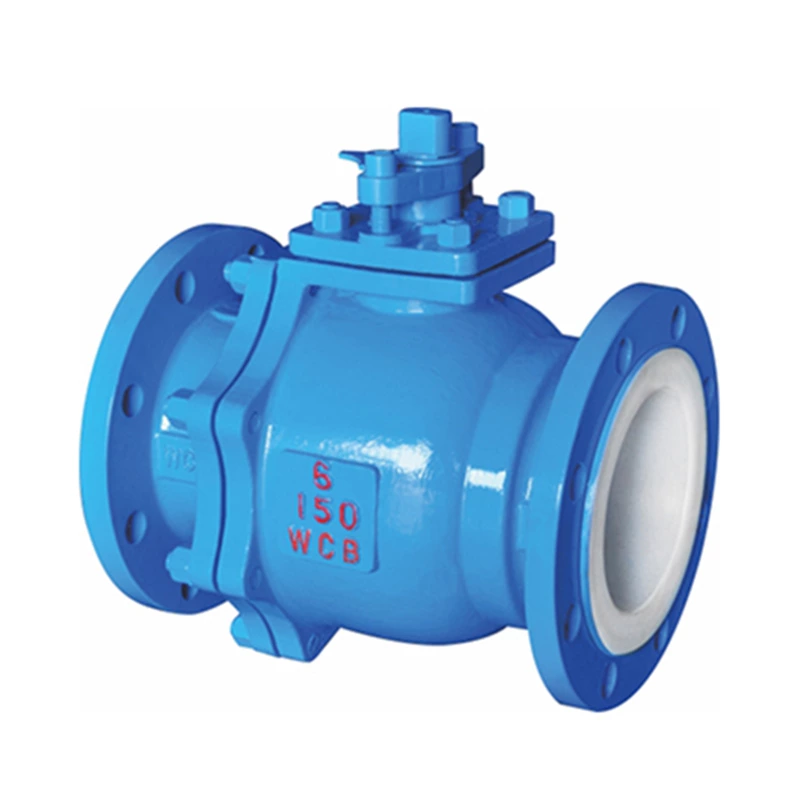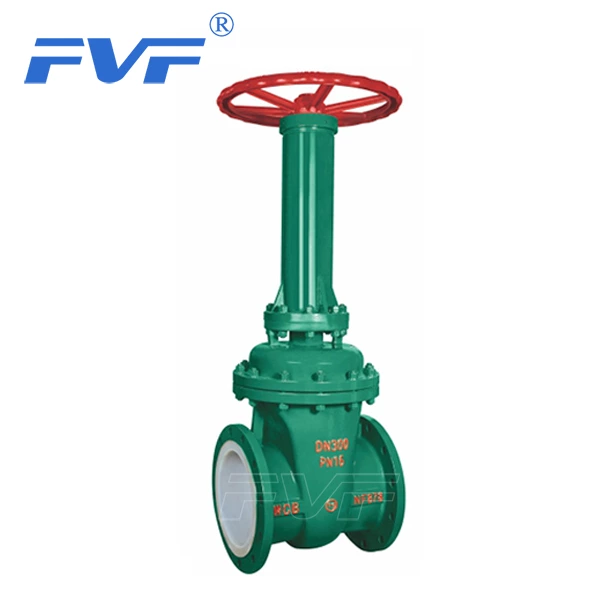Considerations For Valve Procurement And Pipeline Design
Lined Valve Notes on procurement and pipeline design:
1. According to the place of use, purpose, and understanding of relevant regulations, specifications, standards, guidelines, and approvals, you can choose valves that meet various requirements;
2. Confirm the working conditions, applicable media, medium temperature, and working pressure of the valve;
3. Determine the nominal diameter that matches the pipeline: DN (mm);
4. Determine the operation mode of the valve: manual, worm gear, pneumatic, electric, hydraulic, electromagnetic, electro-hydraulic, etc.;
5. Determine the connection method with the pipeline: flange, internal (external) thread, welding, clamp, clamp, ferrule, etc.;
6. Confirm the type of valve: gate valve, stop valve, throttle valve, plunger valve, ball valve, butterfly valve, diaphragm valve, plug valve, check valve, safety valve, steam trap and other special valves;
7. Determine the material of the valve body and internal parts: gray iron, ductile iron, carbon steel, alloy steel, stainless steel, copper alloy, aluminum alloy, plastic, etc.;
8. Determine the use form of the valve: switch type, regulating type, safety type, etc.;
9. Determine the sealing performance requirements, sealing level or sealing leakage of the valve;
10. Determine the protective coating requirements, packaging requirements, and transportation requirements of the valve;
11. Valves with special needs should also determine: structural length, valve height, external dimensions, flow resistance, discharge capacity, flow characteristics, protection level, explosion-proof performance and other parameters;
12. Determine the installation position and posture of the valve.
